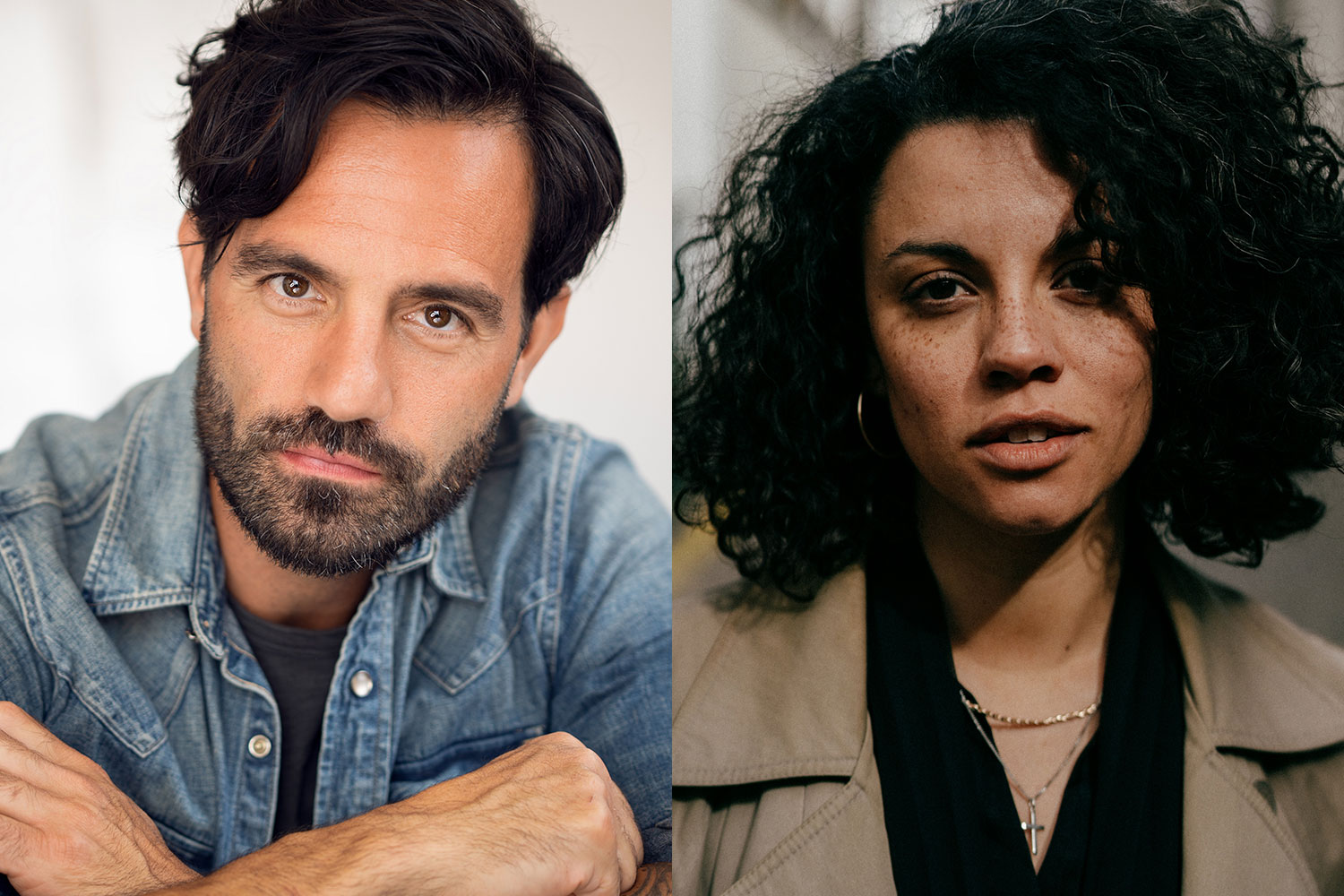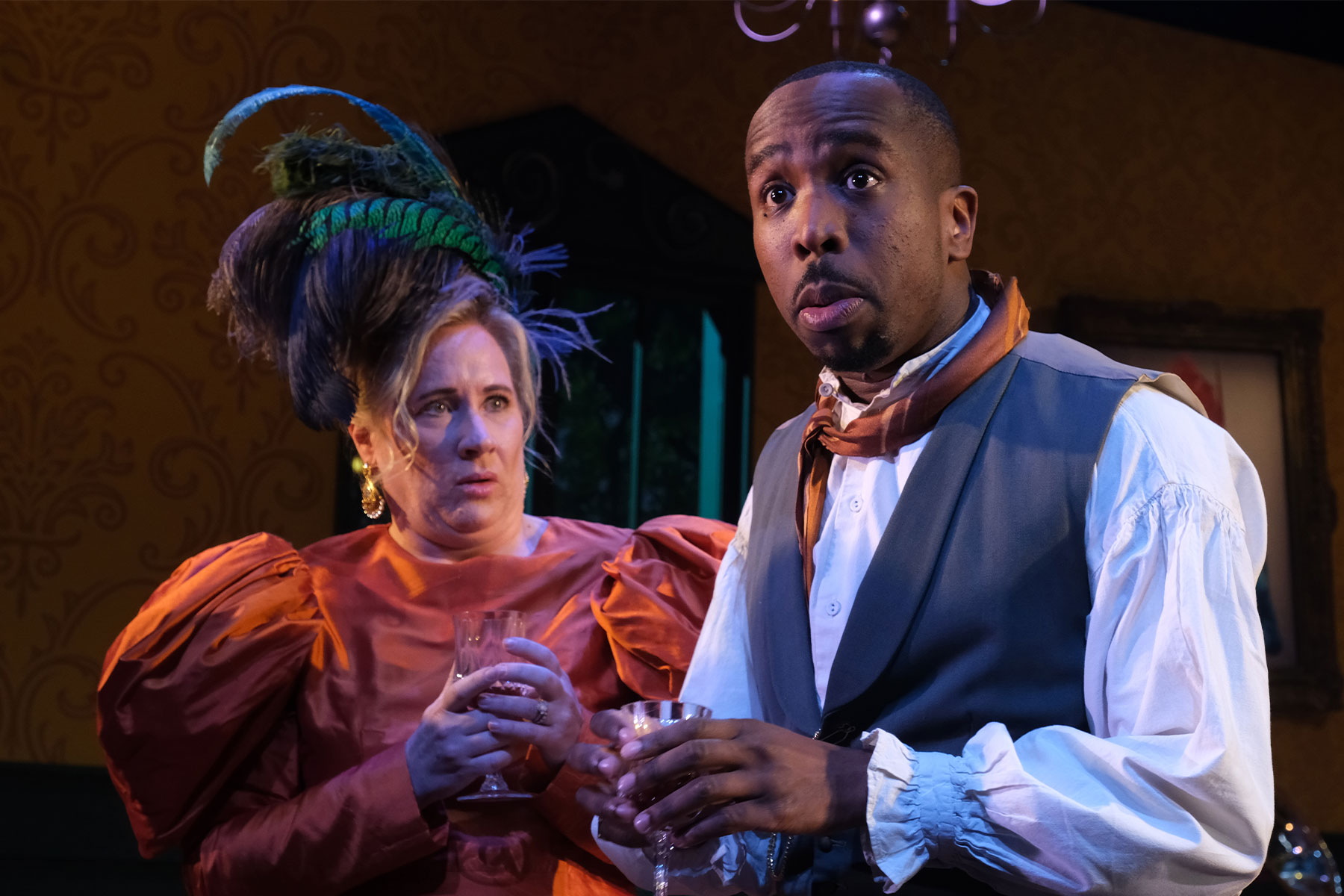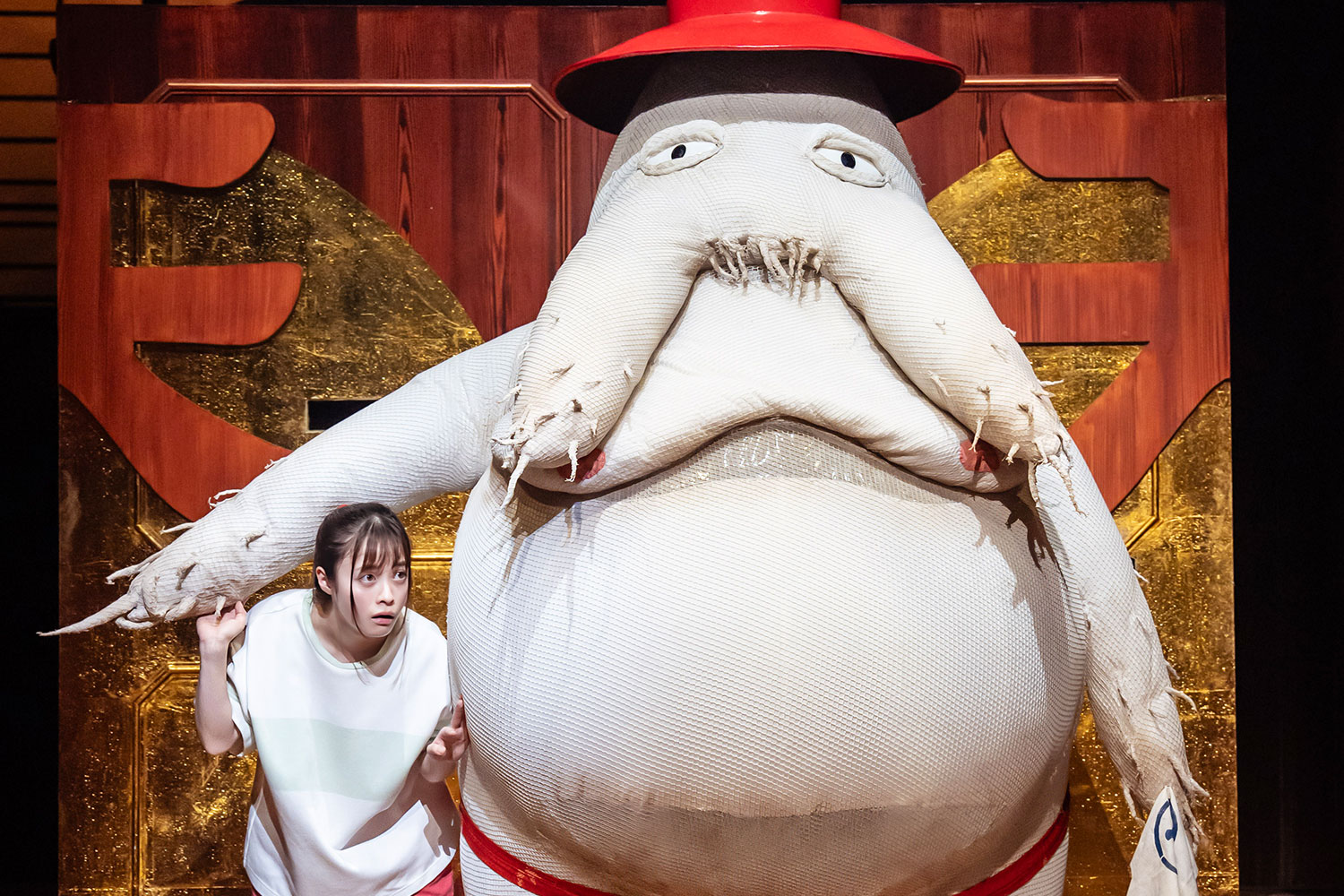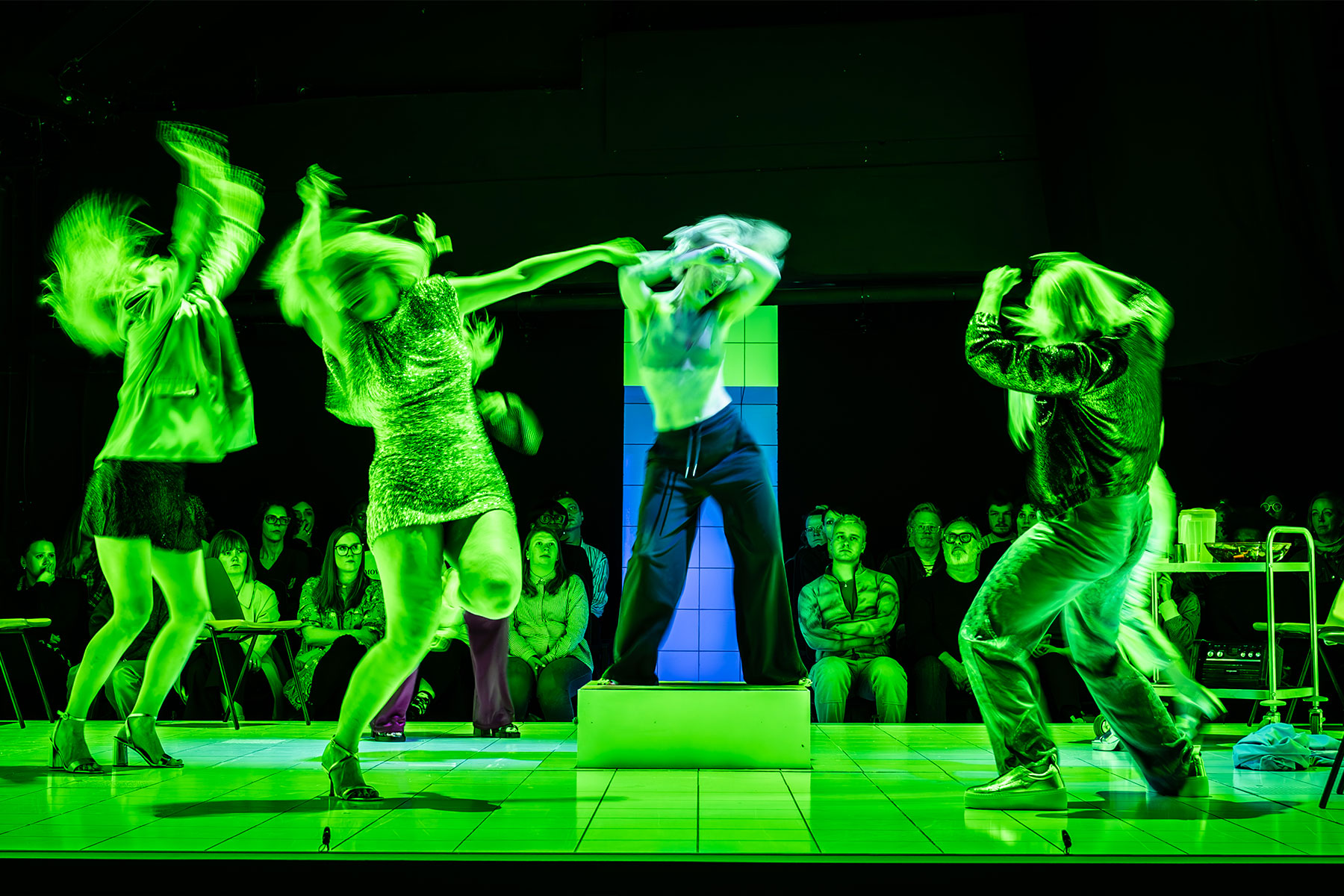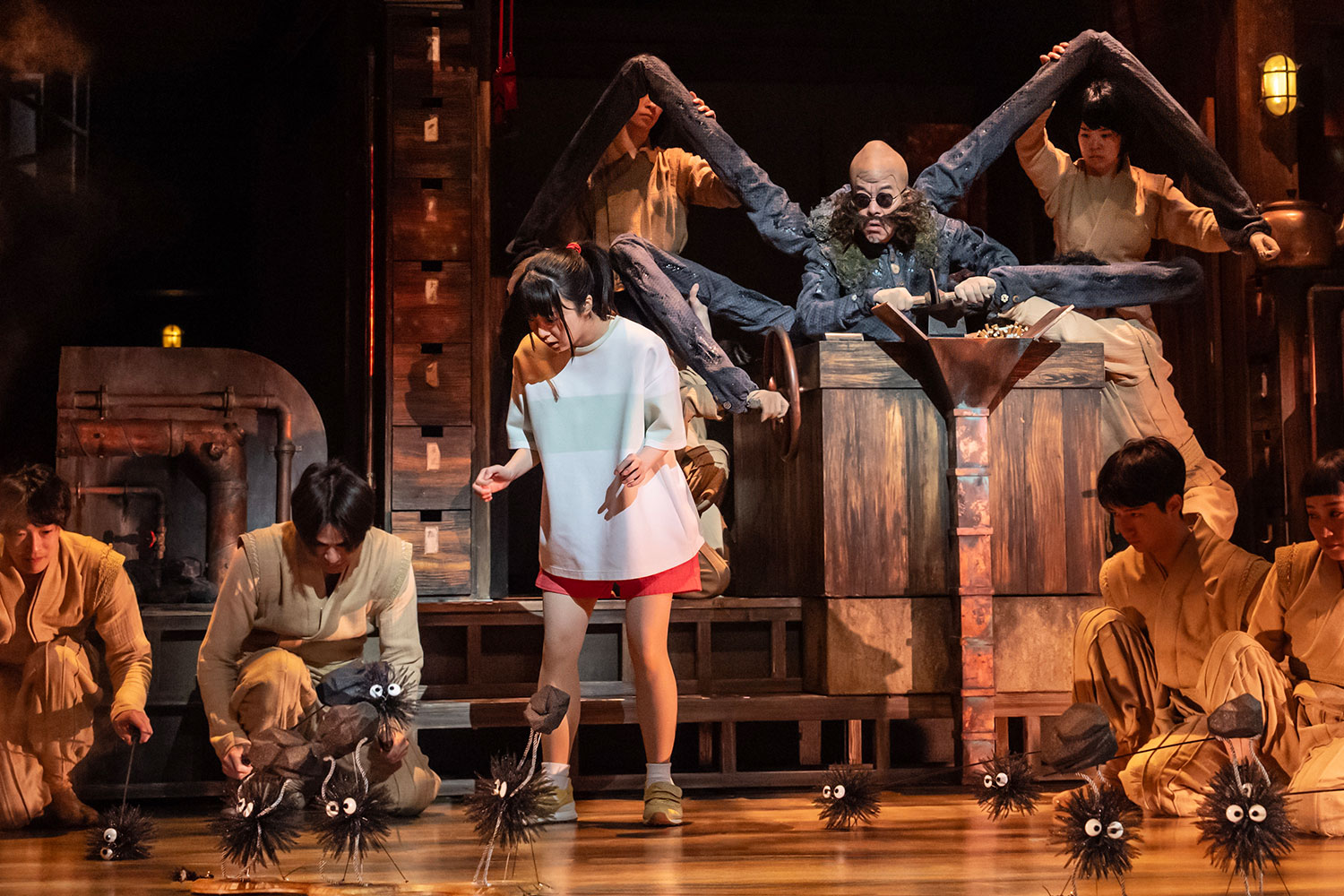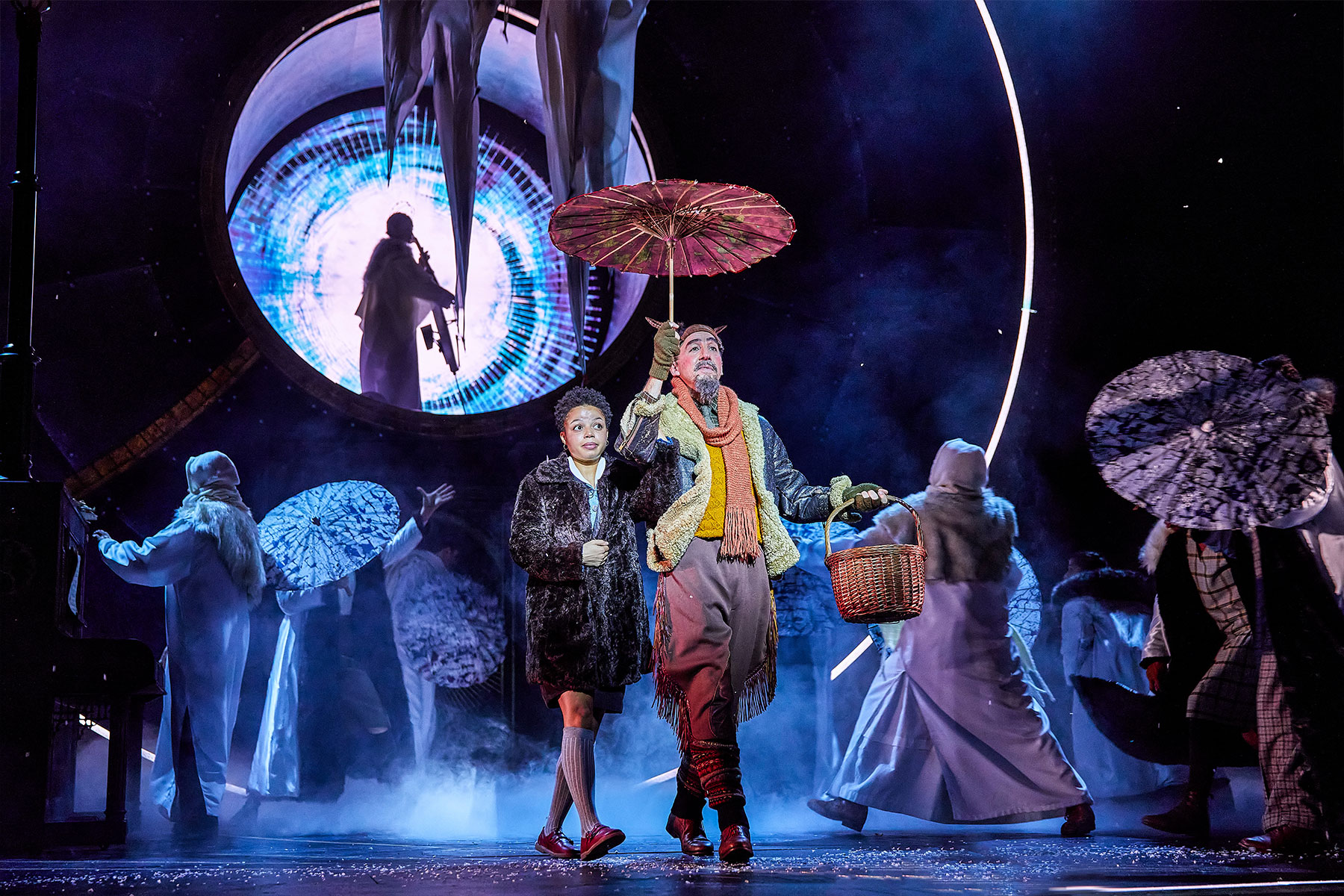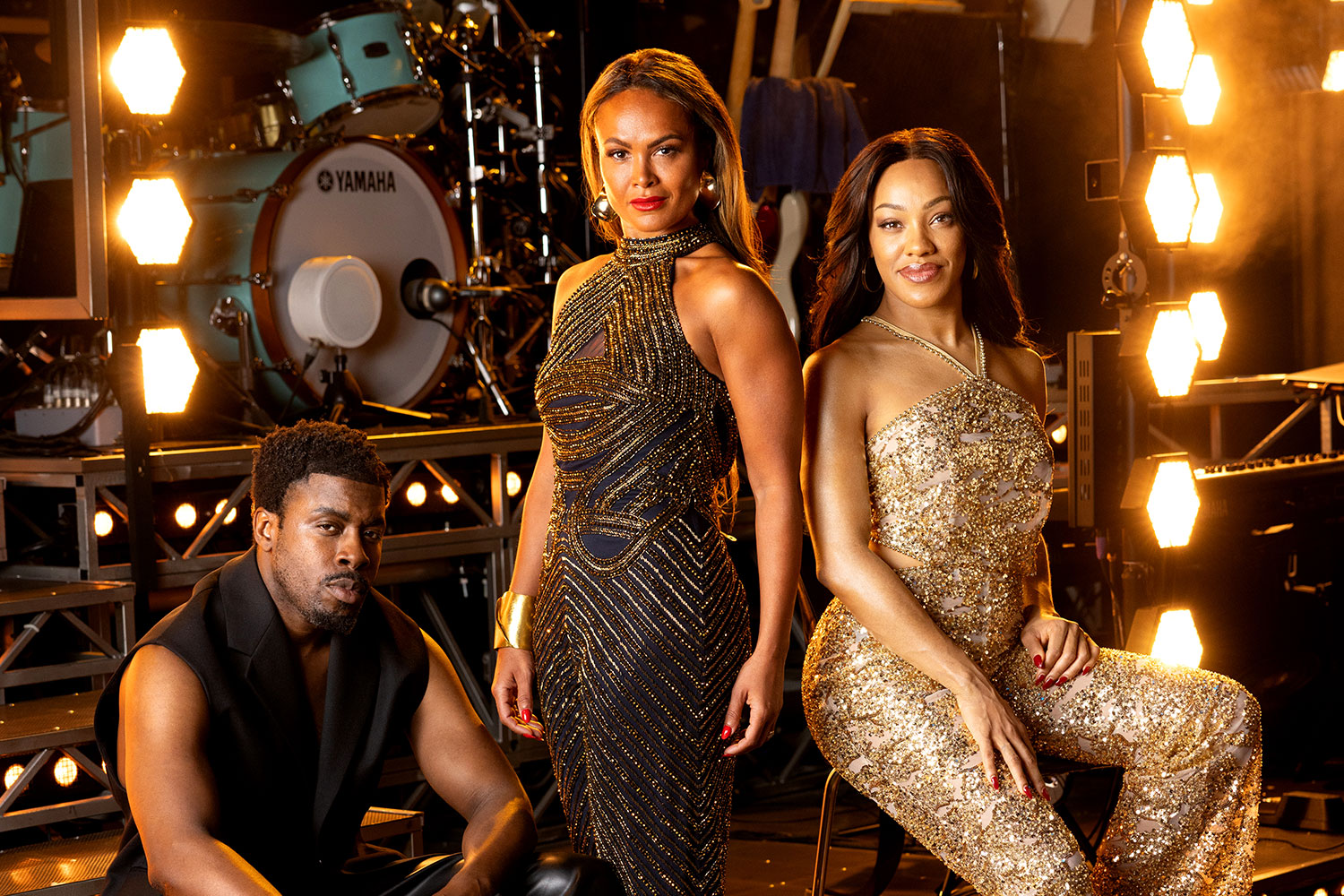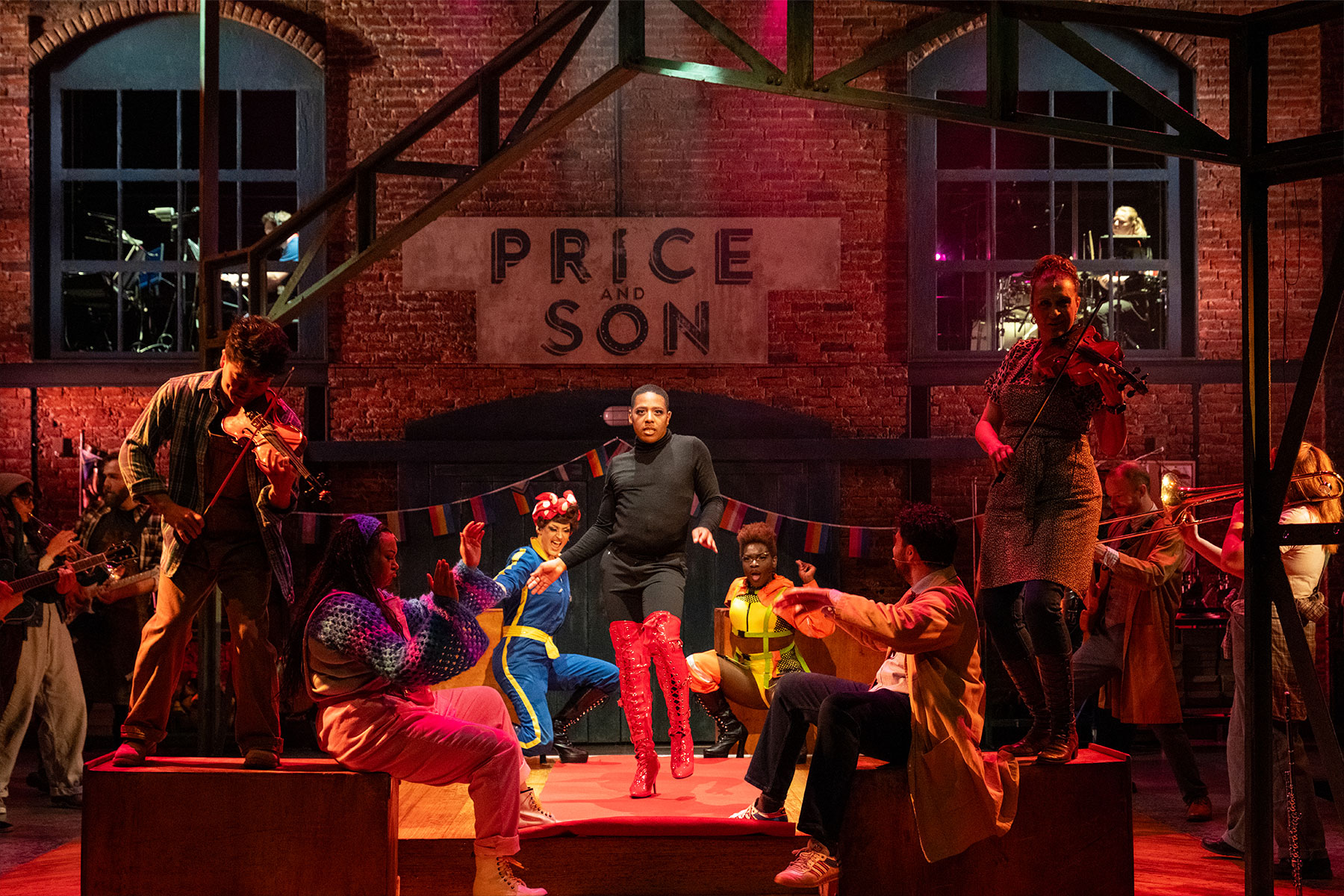Review: Dream (RSC, online)
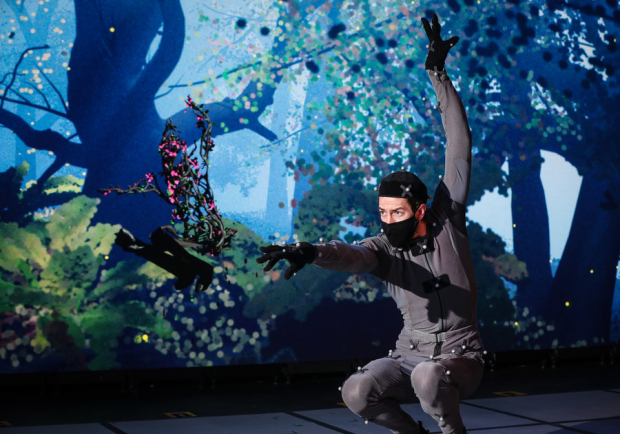
© Stuart Martin
Before lockdown, the RSC had been planning a production of Shakespeare's A Midsummer Night's Dream that would be experienced both live and online, and that would incorporate the latest in digital technology. Covid-19 closed down the live element and what audiences will be able to experience online until 20 March is now being unveiled as a work of research and development.
It's a project that is part of a government-sponsored initiative to develop audiences of the future and is therefore significant not only as a piece of lockdown art but an indicator of where theatre might head as it seeks to win new fans and encourage wider access and participation.
Dream, a 30-minute playlet inspired by Shakespeare, set in a digital environment made in Unreal Engine, the gaming platform that powers Fortnite, is full of good intentions and presented with enthusiasm and love, which you can see in the Q and A that the actors take part in afterwards, but it seems muddled in its thinking about what the real can bring to the digital, and vice versa. Perhaps if it had been seen on stage it would have been more effective, but as an online experiment it feels oddly under-baked.
There is magic here. The forest, created using Shakespeare's visual instructions about "a bank where the wild thyme blows/Where oxlips and the nodding violet grows" is a wonderful world, full of detail at once real and unreal. When the wind blows through the trees, or Puck steps on a cracking branch or jumps over a rushing brook, the soundscape created by audio director Anastasia Devane is
enticingly all-encompassing. The visuals, from the canopy of branches to the flora beneath and the bark on the trees, are painstakingly rendered.
Also on the plus side the music from the Philharmonia, extracts from pieces by Esa-Pekka Salonen and Jesper Nordin recorded with a full orchestra pre-pandemic, is lushly attractive, and though you might not know that additional sound effects are being added by the actors, using the interactive music tool Gestrument, the results are fine.
But the storyline, about a storm sweeping through the landscape, is paper thin and for all the ingenuity of the technology, the sprites themselves are less powerful than in Shakespeare's imagination. The whole point about Midsummer Night's Dream is that it is a play of transformation, where mortals are touched by the wild power of the supernatural beings who rule the forest, and the magical creatures themselves learn some humanity. It may be rendered by actors standing on a stage, but the mind's eye makes it something else. The audience suspends its disbelief in order to be enchanted.
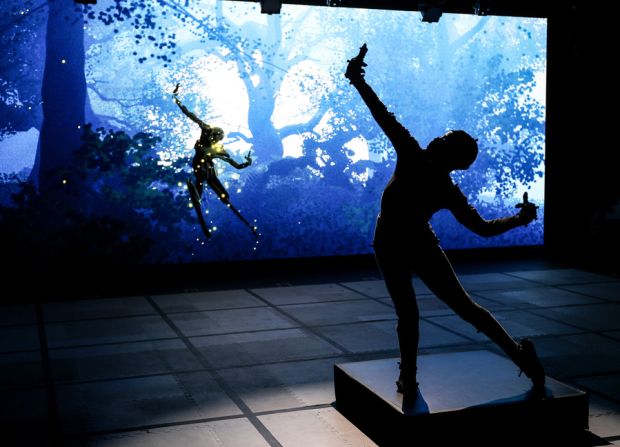
© Stuart Martin
It seems to me, and I offer this as a thought in the spirit of research and development, which is also why this review has no stars, that the whole concept of bringing live motion capture acting into a perfectly realised virtual forest reverses that process. It strips away the dream-like discovery and makes it workaday. We first meet Puck, the cheery and welcoming EM Williams, in a corridor backstage at the RSC, when, covered in motion capture sensors, they walk into a studio to meet the actors playing Cobweb, Mustardseed, Moth, and Peaseblossom, who are similarly suited up.
As avatars, their movements are controlled by what the actor can do in front of a green screen; this is particularly true of Puck, rendered as a sort of mannequin of separated stone, who jumps from ledges and across brooks. Yet the avatar is often restricted by what the actor can do, leaping off a box or rolling on the floor. It's more fun to fly as Moth or hide in a tree like Cobweb, but then you don't really need live motion capture to create such actions. Director Robin McNicholas could
probably conjure more exciting effects sitting at a computer, while getting the actors to fill the forest with Shakespeare's words.
Instead, what we get is Nick Cave, as the voice of the forest, speaking rather woodenly (pun absolutely intended) and a lot of energetic dashing around. It fits into the world well enough, but it neither uses the technology of the gaming platform or the skill of the actors to their fullest extent. The audience's ability to influence that world in the form of fireflies flicking into the forest ceiling and lighting Puck's way is understandably minimal and doesn't add that much.
If I am entering a virtual world, what I want is to be transported. I want to do things I can't, like riding a horse or flying through the sky. In trying to incorporate live motion capture into a world where imagined fairies and sprites supposedly live, the RSC is dragging them down to earth. It's a fascinating experiment and I loved taking part, but if this really is about developing audiences of the future, a lot more thinking about the best intersections of real and virtual needs to go on.



